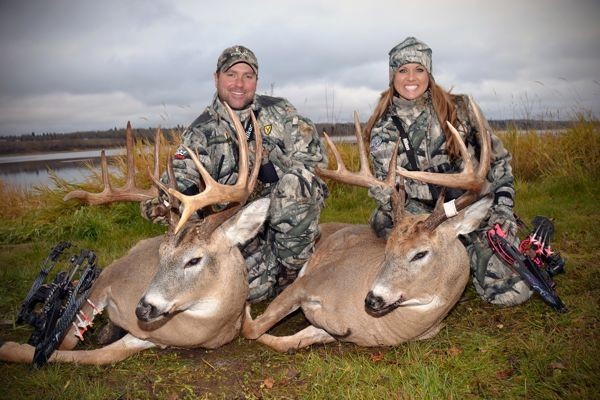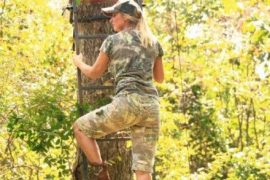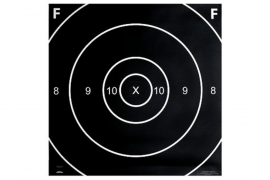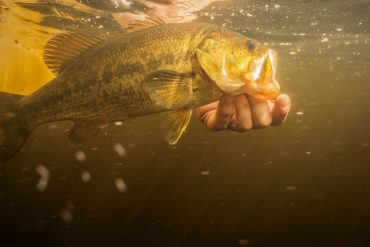
Every time my wife, Nicole, and I set up a stand in a tree or on the ground, we look for ways to make that location the best it can be. We try to enhance each stand location by making sure there are one or more calling cards available to deer.
What is a calling card? It’s some type of object or contrivance that will entice a deer to come close to your stand and offer you a shot. Because we bowhunt so much, we have to get close. A calling card can be natural or man-made, visual or airborne — such as scent. Sometimes, one calling card is all you need. Other times, it might be smart to have several.
There are many examples of calling cards: waterholes, rubs, scrapes, licking branches, small interior food plots, minerals, apple trees and other fruit bearing trees, and decoys. Nicole and I use most of these throughout the season, and we’ve had enough success to know they work.
Licking Branches and Scrapes: Natural and Manufactured
Deer have a fascination with licking branches. I think it’s safe to say that a buck walking through the woods will stop to scent-check and investigate almost any licking branch he comes across that has been used by other deer. So whenever I set up a new tree stand in a promising location, I don’t trim overhanging branches that might become potential licking branches. I always leave them where they are. I want them to become licking branches and potential scrape sites.
If there isn’t a licking branch close by, I’ll manufacture one. One way to do this is find a good branch that is too high for a deer to reach. I’ll cut it off and wire it to a tree a few yards from the tree I’m sitting in. You don’t want it to be too close. Fifteen to 20 yards is a good, safe distance. I’ll hang the limb about 4 feet off the ground so it will attract the next deer that comes along. I always go a step farther by clearing out the leaves and other litter on the ground below and making a mock scrape. I’ll often…





